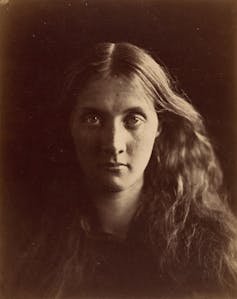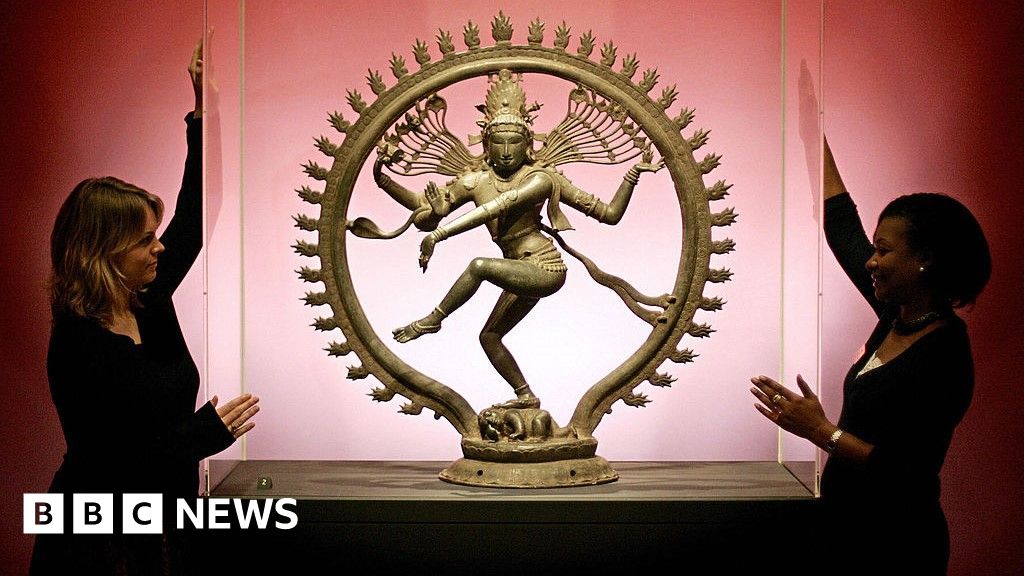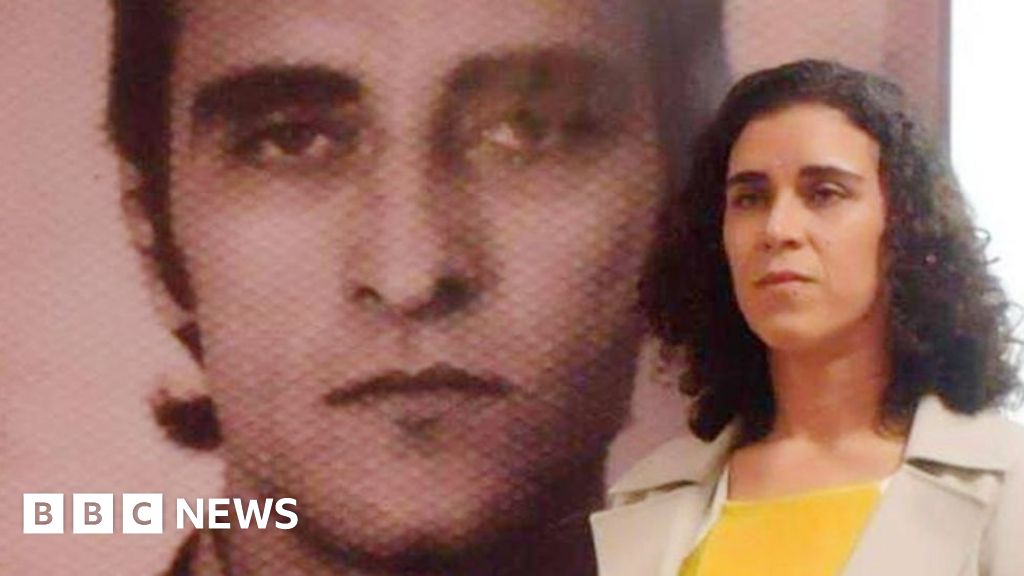What does Peepo!, a popular picture book from the 1980s, have in common with Virginia Woolf's unfinished wartime memoir? More than a little, as it turns out.
Sketch of the Past is Woolf's memoir of her childhood, written during the beginning of the second world war as a holiday from her work on a biography of the art critic Roger Fry. In a section dated June 8 1940, Woolf writes that “the battle is at its crisis; every night the Germans fly over England; it comes closer to this house daily”.
In Peepo! by Janet and Allan Ahlberg (1981), the battle has arrived in the home. The father wears an army uniform, a gas mask dangles from a bedpost and a framed picture of Winston Churchill hangs on the wall.
Outside, an air raid warden passes, while planes and barrage balloons fly overhead. According to Allan Ahlberg, born in 1938, the book is also a memoir: “I am the Peepo! baby”. Peepo! therefore combines Sketch's form – a piece of life-writing – with its wartime context, in a way that has never, to my knowledge, been explored.
For Woolf, a modernist writer concerned with interior perspectives and subjective viewpoints, describing her childhood was both an opportunity and a challenge. Her memories are of “many bright colours; many distinct sounds; some human beings, caricatures; comic; several violent moments of being, always including a circle of the scene which they cut out”.
This describes, with startling accuracy, the physical structure of Peepo! Alternate spreads depict the baby on the left page and a circle containing what he sees on the right. When the circles are lifted, Janet Ahlberg's full-page illustrations show, in Woolf's words “the scene which they cut out”.
The construction of Peepo!, which has charmed generations of children, also provides startling insights into the child's-eye perspective as Woolf saw it.
Trying to describe Kensington Gardens, Woolf found that, “I cannot recover, save by fits and starts … the proportions of the external world”. These gaps and absences led her to conclude that “a child must have a curious focus; it sees an air-ball or a shell with extreme distinctness … but these points are enclosed in vast empty spaces”.
The Peepo! baby shares this “curious focus” on the immediate details of his world. Taken to a park far less grand than Kensington Gardens:
He sees the tassels blowing
On his grandma's shawl
And the fringe on the pushchair
And his teddy
And his ball.
Yet when the circle is lifted “the proportions of the external world” are revealed, enabling a doubled vision that combines both the child's and the adult's perspective. This enables mature readers to recognise the threat posed by the Blitz, symbolised by a barrage balloon and a ruined building opposite the park, while the baby remains naturally unaware.
First memories
One of the earliest memories Woolf recounts in Sketch is of “lying half asleep, half awake, in bed in the nursery at St Ives. It is of hearing the waves breaking, one, two, one, two, … behind a yellow blind … It is of lying and hearing this splash and seeing this light, and feeling … the purest ecstasy I can conceive”.
In Peepo!, the refrain “one, two, three” recalls Woolf's description of the waves, while the baby's first impression – the book's “first memory” – includes:
The shadows moving
On the bedroom wall
And the sun at the window
Both writers vividly describe what psychoanalyst Jacques Lacan called the “imaginary”, a condition prior to language acquisition in which the child is not yet aware of itself as an autonomous being. As Woolf puts it:“I am only the container of the feeling of ecstasy.”
 Virginia Woolf's mother, Julia. Wiki Commons, CC BY-SA
Virginia Woolf's mother, Julia. Wiki Commons, CC BY-SAWhat makes Sketch so poignant is that Woolf's ecstasy would not last. She goes on to describe her feelings of “guilt” and “shame” connected with the mirror in the hallway of her childhood home.
Woolf connects this with “another memory, also of the hall”, of being molested by Gerald Duckworth, her half-brother, older by 11 years. And the text reaches a hiatus in 1895 with the death of her mother, Julia Stephen, when Woolf was 13. For Woolf, her mother was integral to the “life of the family”, meaning that “after that day there was nothing left of it”.
In Peepo!, conversely, “the landing mirror / With its rainbow rim” contains a vision of wholeness, reflecting “a mother with a baby / Just like him.” This, too, cannot last: the baby is poised on the threshold of Lacan's “mirror stage”, where he will recognise his reflection, perceive that he is separate from the mother, and begin to enter the realm of language.
Yet Peepo! ends with the baby “fast asleep and dreaming”. The family is intact, the bombs have not yet fallen – and Woolf's childhood ecstasy is restored.![]()
(Author: Bethany Layne, Senior Lecturer in English Literature, De Montfort University)
(Disclosure Statement: Bethany Layne does not work for, consult, own shares in or receive funding from any company or organisation that would benefit from this article, and has disclosed no relevant affiliations beyond their academic appointment)
This article is republished from The Conversation under a Creative Commons license. Read the original article.

 2 weeks ago
7
2 weeks ago
7










 English (US) ·
English (US) ·